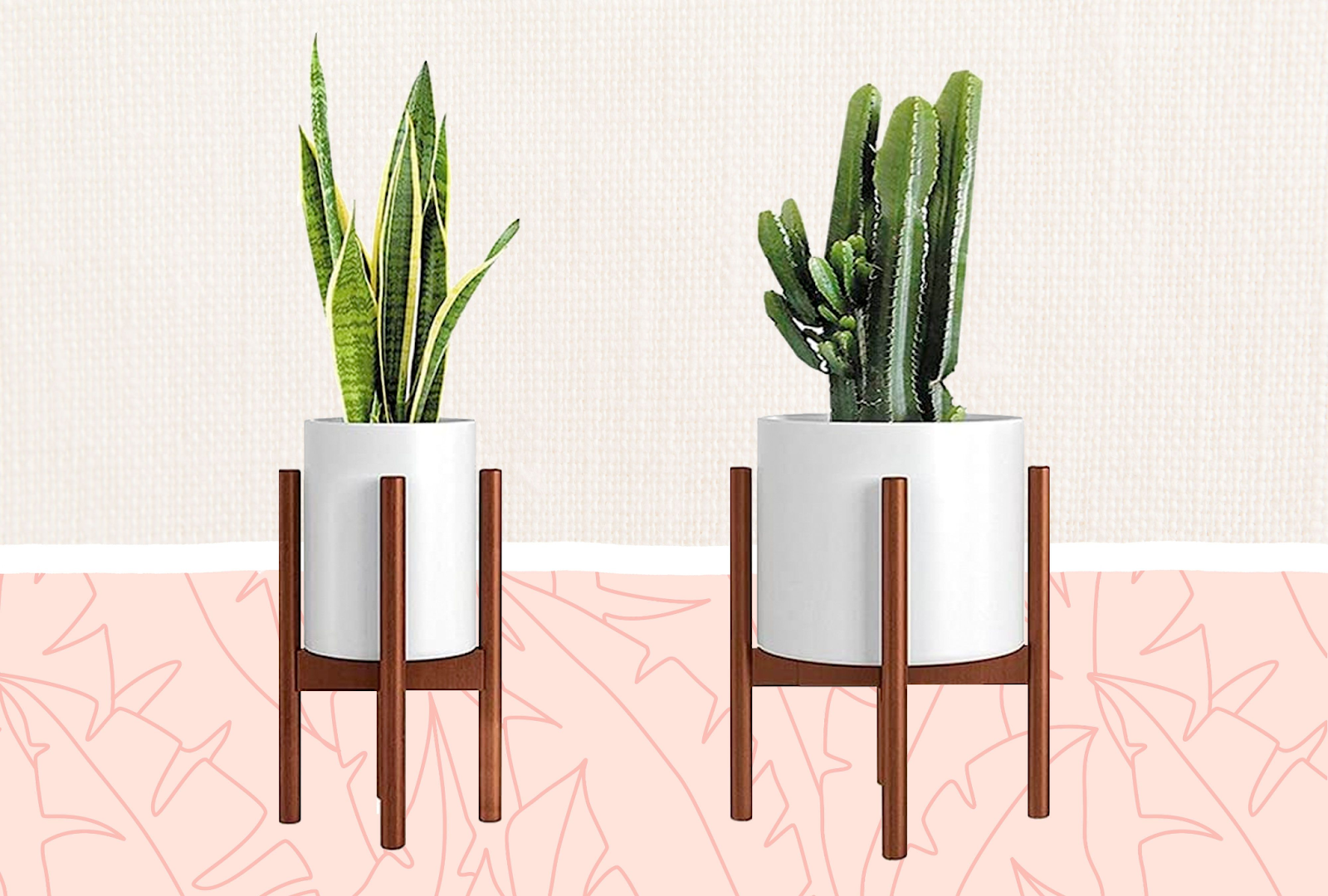In interior design and plant care, the humble plant stand emerges as a versatile and aesthetic accessory, offering a practical solution to display and showcase the beauty of indoor greenery. Beyond serving as a mere support structure, plant stands have evolved into statement pieces that enhance the visual appeal of both plants and living spaces. In this exploration, we will delve into the multifaceted world of plant stands, examining their history, design variations, and their transformative role in elevating plants’ presence within our homes.
I. Historical Roots
Origins of Plant Stands:
The concept of elevating plants dates back centuries, with ancient civilisations using various forms of stands and pedestals to display prized flora. From intricate stone structures to wrought iron creations, the desire to showcase plants decoratively has deep historical roots.
Victorian Era Elegance:
The Victorian era witnessed a surge in the popularity of indoor plants, leading to the creation of ornate plant stands. Elaborate designs featuring wrought iron, wood, and ceramic elements became focal points in grand parlours and conservatories, reflecting the era’s fascination with nature and elaborate decor.
II. Design Variations
Material Diversity:
Plant stands are crafted from various materials, each offering a unique aesthetic and functional appeal. Common materials include wood, metal (such as wrought iron or brass), bamboo, and even modern materials like acrylic and glass.
Styles and Shapes:
Plant stands come in a plethora of styles to suit diverse interior aesthetics. From minimalist and contemporary designs to intricate and vintage-inspired looks, the range of styles accommodates various tastes and preferences.
Shapes can vary from simple rectangular or circular platforms to more elaborate tiered structures, allowing for creative arrangements and dynamic displays.
III. Practical Functionality
Optimising Light Exposure:
Plant stands are strategically used to optimise light exposure for indoor plants. Elevating plants brings them closer to windows or natural light sources, ensuring that each leaf receives its fair share of sunlight for healthy growth.
Space Maximization:
In smaller living spaces, plant stands prove invaluable in maximising floor space. Tiered designs, corner stands, and wall-mounted options provide alternatives for those with limited room, allowing for a lush display without compromising space.
IV. Incorporating Plant Stands into Home Decor
Focal Points and Accents:
Plant stands are not just utilitarian; they serve as decorative elements that can become focal points in a room. Whether it’s a sculptural stand in the entryway or a sleek, modern piece in the living room, plant stands contribute to the space’s overall aesthetic.
Indoor Garden Displays:
For plant enthusiasts and urban gardeners, plant stands offer the opportunity to create captivating indoor garden displays. Grouping plants of varying heights and textures on different levels adds depth and visual interest to any room.
V. DIY and Customization
Personalised Plant Displays:
The popularity of DIY plant stands has surged, with plant lovers crafting their stands from reclaimed materials or customising store-bought ones to suit their unique preferences. This trend emphasises the desire for personalised and meaningful displays of plants such as kangaroo paw.
Upcycling and Sustainability:
The upcycling movement has found its way into plant stands, with creative individuals repurposing old furniture, crates, and even ladders into unique plant stands. This adds a touch of sustainability and infuses character into the plant display.
Conclusion
Once primarily functional structures, plant stands have transformed into essential elements of interior design, seamlessly marrying aesthetics with functionality. From historical elegance to modern versatility, these stands have witnessed an evolution that mirrors our evolving relationship with indoor greenery. As we continue to appreciate the beauty of plants within our living spaces, the plant stand emerges as a dynamic and essential companion, elevating our connection with nature while enhancing the visual harmony of our homes.










